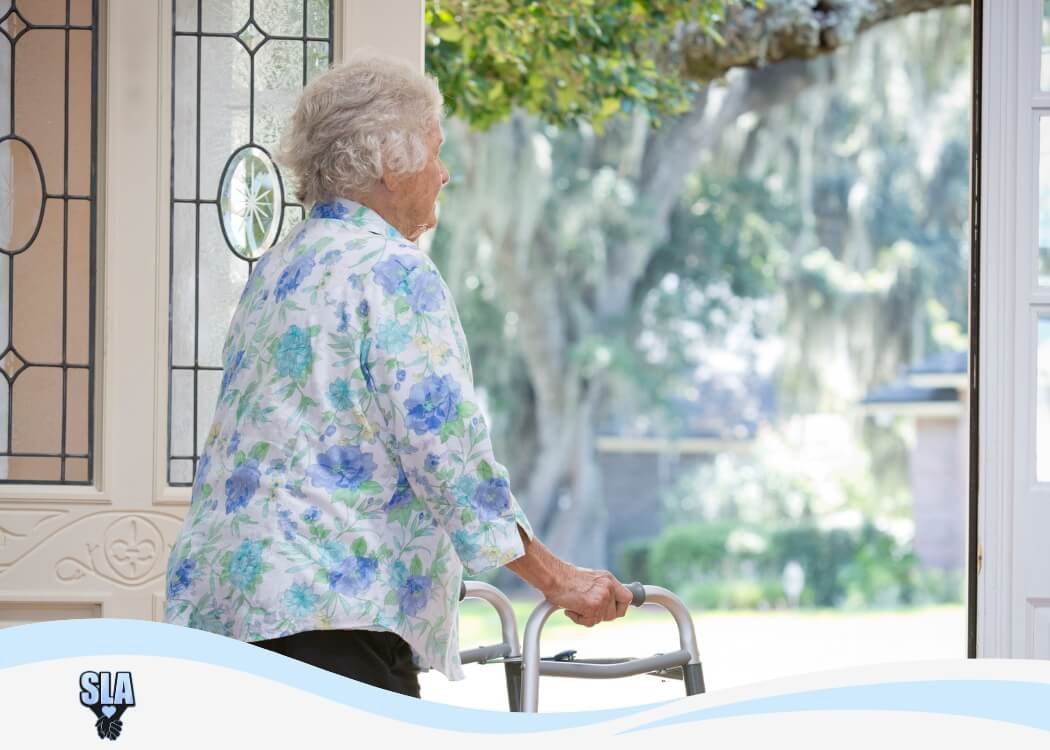Transitioning to Assisted Living: Signs and Considerations

Embarking on the journey of transitioning to assisted living is a crucial step that demands both careful consideration and open communication. Recognizing the subtle signs that indicate it might be time for additional support is an act of compassion. It ensures the well-being of both seniors and their families during this significant life transition.
Signs That Assisted Living May Be Needed
Physical Health Indicators
When a loved one experiences changes in mobility, struggles with daily activities, or faces health conditions that demand additional support, considering assisted living becomes crucial. It provides a supportive environment where their evolving needs can be met with professional care and understanding.
Cognitive Changes
Signs of cognitive decline or memory loss can be indicators that a more supportive living environment. Assisted living may be beneficial for the safety and well-being of the individual, ensuring they receive specialized care and attention tailored to their cognitive needs.
Social and Emotional Cues
Feelings of isolation, depression, or a desire for increased social interactions may suggest that assisted living could greatly enhance the quality of life. With its built-in community and engagement opportunities, it fosters a vibrant social environment where residents can build meaningful connections and share enriching experiences.
Caregiver Burnout
For family caregivers, recognizing signs of burnout and stress is crucial. Assisted living can provide the necessary support, relieving caregivers and ensuring that the senior’s needs are met by trained professionals. This transition not only alleviates the caregiver’s burden but also allows them to resume the role of a loving family member, fostering a healthier dynamic within the familial relationship.
Benefits of Assisted Living
Professional Care and Support
Assisted living communities offer the expertise of trained professionals who can provide personalized care and assistance tailored to the needs of each resident. This individualized approach ensures that seniors receive the specific support required for their unique circumstances. It promotes a sense of comfort, security, and overall well-being within the community.
Safety and Security
With safety features and 24/7 support, assisted living environments prioritize the well-being and security of residents, giving peace of mind to both seniors and their families. These intentional safety measures not only create a secure living space but also contribute to a sense of reassurance for families, knowing that their loved ones are in a protected and caring community.
Social Engagement
Assisted living fosters socialization and community engagement, providing opportunities for new friendships and shared activities, promoting overall mental and emotional well-being. The sense of community in assisted living enriches daily life, contributing to a supportive network where residents share experiences and find companionship. This fosters lasting connections and enhances their overall quality of life.
How to Approach the Conversation
Open Communication
Initiating open and honest conversations about assisted living is essential. It’s crucial to approach the topic with sensitivity, actively listening to the concerns and preferences of the senior and family members. Creating a safe space for open dialogue allows for a better understanding of individual needs and ensures that the decision-making process is collaborative and respectful of everyone’s perspectives, fostering a sense of shared decision-making and mutual support.
Addressing Concerns
Understanding and addressing common concerns, such as the loss of independence or fear of change, is part of the conversation. Providing reassurance and emphasizing the positive aspects of assisted living can alleviate apprehensions. By highlighting the opportunities for newfound independence, engaging activities, and a supportive community, the conversation becomes a collaborative exploration of the enriching possibilities that assisted living can offer, fostering a sense of empowerment and comfort in the decision-making process.
Planning and Preparation
Visit Potential Communities
Taking the time to visit assisted living communities is vital. Assessing amenities, the atmosphere, and overall comfort ensures a good fit for the senior’s preferences and needs. These visits provide firsthand insights, allowing families and seniors to envision the daily life and supportive environment offered by each community, facilitating a well-informed decision that aligns with the individual’s lifestyle and expectations.
Financial Considerations
Exploring financial planning options and understanding the costs associated with assisted living helps families make informed decisions about affordability and available resources. By delving into financial considerations, families can create a realistic budget, explore potential funding sources, and ensure that the chosen assisted living community aligns with their financial goals, providing a clear and comprehensive picture of the financial aspects of transitioning to assisted living.
Legal and Administrative Steps
Completing necessary legal and administrative preparations in advance streamlines the transition process. This includes addressing legal documents, medical records, and any logistical considerations. Proactively managing these crucial aspects ensures a smoother transition to assisted living, allowing families to focus on providing emotional support and creating a comfortable environment for their loved ones during this significant life change.
Transitioning to Assisted Living: What to Expect
Adjustment Period
Recognizing that an adjustment period is normal is important. Seniors may need time to acclimate to their new environment, and families can support them during this transition. Providing understanding and patience during this period allows for a more seamless integration into the assisted living community, fostering a sense of comfort and familiarity as seniors adapt to their surroundings and build connections with fellow residents.
Involving Loved Ones
Involving family members in the transition process helps create a supportive network. Their presence and engagement contribute to a smoother adjustment for the senior. The active involvement of family members not only provides emotional support but also reinforces a sense of continuity, familiarity, and love, which are invaluable elements in helping the senior feel connected and cared for during this significant life transition.
Community Resources and Support
Local Agencies
Information on local agencies and resources can assist in the decision-making process. Seeking guidance from professionals can provide additional insights and support. These local resources offer valuable information, ranging from legal and financial advice to testimonials from others who have navigated similar transitions, empowering families with the knowledge and support needed to make informed decisions about assisted living.
Support Groups
Highlighting the value of support groups for both seniors and their families fosters a sense of community and shared experiences during this transitional period.
Recognizing the signs and considering assisted living as a positive and supportive option for seniors is a significant step. By understanding the benefits, approaching conversations with empathy, and planning thoughtfully, families can ensure a smoother transition that prioritizes the well-being and happiness of their loved ones.
If you’re considering assisted living for yourself or a loved one, reach out for more information or explore local communities. For additional support and resources, contact Senior Living Advocacy to begin this important conversation. Your journey towards assisted living can be a positive and empowering experience with the right guidance and support.
Trending Posts...
Discover how personalized health management in assisted living supports chronic conditions with tailored care and comfort.
Ensure a smooth shift from rehab to assisted living with personalized care, family support, and a comforting new home.


